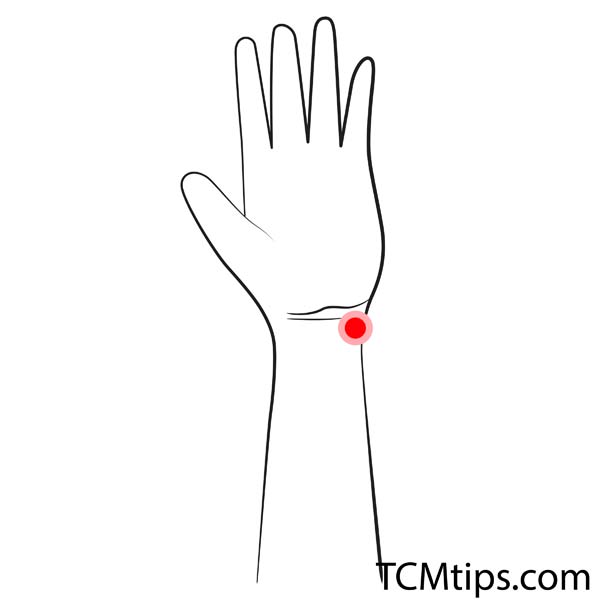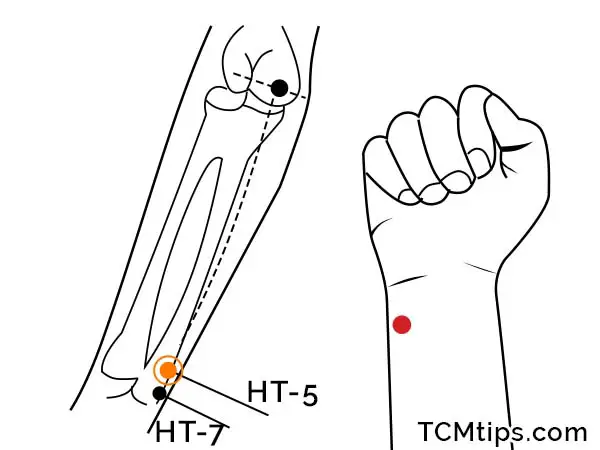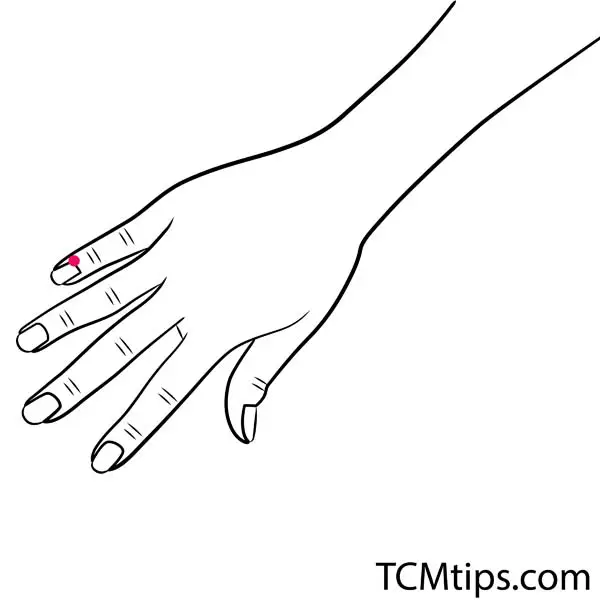Recent statistics show that nearly 5 million Americans, of all ages, are currently living with congestive heart failure and various other cardiovascular diseases. For those living with heart failure, mental stress is a common phenomenon largely contributed to managing the disease. Mental stress and anger have shown to worsen the symptoms of heart failure and lead to negative long term effects. Acupressure for heart failure has become a widely accepted treatment for managing anger and stress as well as improving the various symptoms of heart failure, such as decreased cardiac function and renal function.
Why Acupressure?
For chronic heart failure patients who would like to incorporate nonaggressive interventions in their treatment, acupressure provides a non-invasive and affordable solution to improve cardiac function and manage stress. Acupressure can also aid in managing the chronic pain many patients with heart failure experience.
If you are interested in learning more about how acupressure can improve cardiac function, mental health, and mitigate the various symptoms of heart failure such as chronic neck pain as well as which acupressure points to use, keep reading below!
The Heart Meridian

First and foremost, when we talk about cardiac health in Traditional Chinese medicine, we must first become acquainted with the Heart Meridian. The Heart Meridian has major influence on both our mental and emotional states. Studies show that the use of acupressure for heart failure along the Heart Meridian points had positive physiological effects that led to an overall improved quality of life.
Originating in the heart itself, the Heart Meridian spreads through the body in places such as the tissue surrounding the heart and extends into the the arm and palm of the hand. Other points of the heart system are also found in the neck, diaphragm, and Small Intestine.
The use of acupressure along the Heart Meridian promotes optimum blood flow, stabilized blood pressure, improved heart rate, and overall heart function.
Acupoint HT-9 (Heart-9/Shao Chong/Lesser Surge)

One of many heart meridian points to keep in mind when treating heart failure is the acupoint HT-9. Also known as Shao Chong or Lesser Surge, this acupressure point is located on the on your pinky about one finger width from your nail. This point is often stimulated in patients experiencing cardiac pain and loss of consciousness attributed to poor cardiac function and stress. Applying gentle pressure to this point for a few minutes at a time can help reduce any unwanted anxiety and stress. In addition to reducing anxiety and stress HT-9 is also effective in reducing heart palpitations and stabilizing the heart rate and subsequently returning blood pressure to normal levels.
Acupoint HT-7 (Heart-7/Shen Men/Spirit Gate)

Also located on the wrist, acupoint HT-7, also known as Spirit Gate or Shenmen, is another key player in managing heart failure as its primary responsibilities include regulating the heart rate, blood pressure, and calming the Shen, the spiritual element of the psyche according to Traditional Chinese Medicine. Now, everyone experiences anger however it is important to know how to manage anger. If anger cannot be properly managed it can manifest in physiological ways such as heart failure or can even lead to advanced heart failure among a variety of other health concerns. Massaging the HT-7 acupressure point stimulates the autonomic nerve helping to restore balance to blood pressure values as well as physical strength. Knowing the various acupressure points for anger such as HT-7 serve as a simple, effective, convenient, and affordable solution to managing anger and supporting overall cardiac function.
Acupoint HT-5 (Heart-5/Tong Li/Inward Connection)

HT-5 is another acupoint in the wrist along the Heart Meridian. Also known as Tong LI or Inward Connection, this point is often used to treat chronic illnesses and is excellent in treating various symptoms associated with chronic diseases such as depression and insomnia.
To use this point, find the point in the crease on the inner side of your wrist toughly about 1 finger width below the previously mentioned HT-7 point. Once you have located the point, apply gentle yet firm pressure while taking slow deep breaths, hold for 5 seconds on the exhale and release the pressure in the inhale. Repeat this technique as needed or for 5-10 minutes.
Acupoint PC-7 (Pericardium-7/Da Ling/Great Mound)

Acupoint PC-7 is one of the most effective acupuncture points for relaxation and is one of the most widely used acupressure points for heart failure. PC-7, also known as the Great Mount in English, or as Daling in Chinese, is the original acupoint of the pericardium meridian and is often pressed in clinical practice. Located on the wrist directly above the centerline, PC-7 primary functions include clearing heat from the heart and regulating the heart Qi.
Additionally, PC-7 is effective in treating nausea, vomiting, chest pain, and gastric pain. As many of the medications used to treat heart failure can often have adverse effects such as frequent nausea, acupoints such as PC-7 can be used to not only manage the symptoms of heart failure, but also the symptoms caused by medications. Stimulating acupoint PC-7 on a consistent basis can aid in relaxation of the body and mind and enhance ones physical strength.
Acupoint SI-1 (Small Intestine-1/Shao Ze/Lesser Marsh)

Neck pain is yet another common side effect of heart failure. While it is important to always seek medical assistance if you experience severe chronic neck pain with heart failure there are various acupressure points for neck pain in the hands can help mitigate any discomfort. Also known as Shao Ze or Lesser Marsh, acupoint SI-1 is located along the Small Intestine Meridian on the base of the outer side of the pinky fingernail.
This point is used to promote blood circulation, relaxation and ain in the reduction of pain. You can easily activate this acupoint by pinching and applying gradual but firm pressure along both sides of the nail. While SI-1 is excellent in reducing the neck pain associated the chronic heart failure, this particular point is excellent in resolving other issues such as headaches, sore through, and lightheadedness.

Try our Anti-Aging Gua Sha Tool designed to bring out your skin’s natural glow.
Best Gua Sha Product- Anti-Aging: The tool is designed to target 11 specific aging signs such as wrinkles and sagging skin. By following the 7-step routine, users can improve skin firmness and reduce fine lines naturally.
- Enhances Skincare Routine: It works effectively with serums and lotions, boosting absorption and efficacy of skincare products.
- Visible Skin Improvement: Users can expect a smoother complexion, reduced puffiness, and a more youthful appearance.
 P. Sze
P. Sze 

















